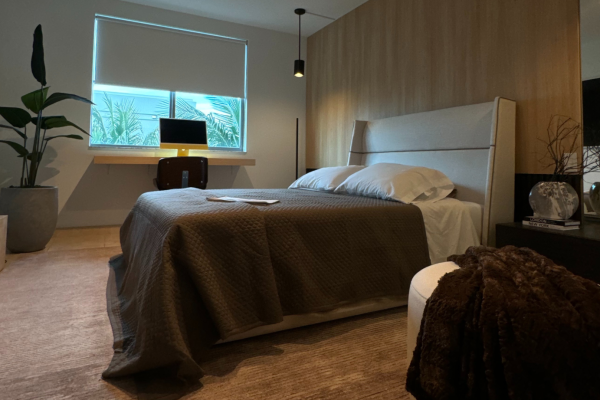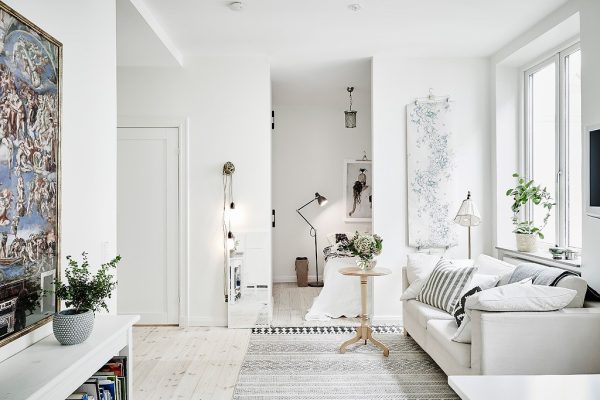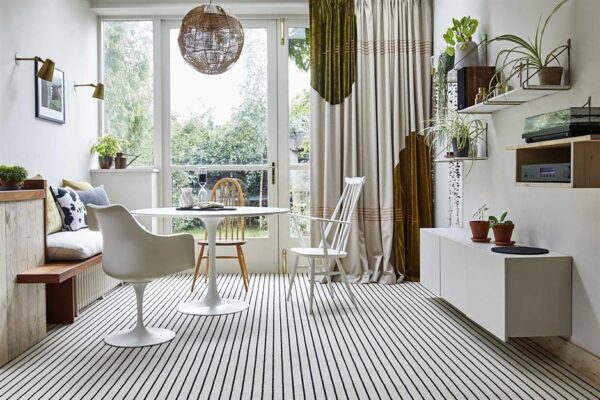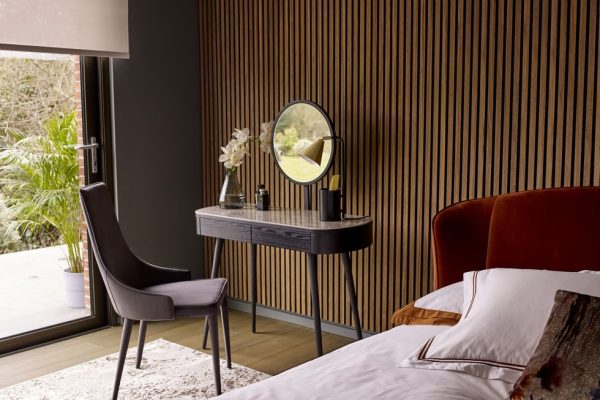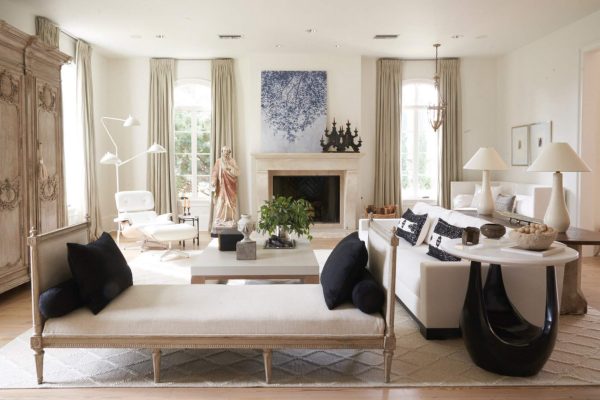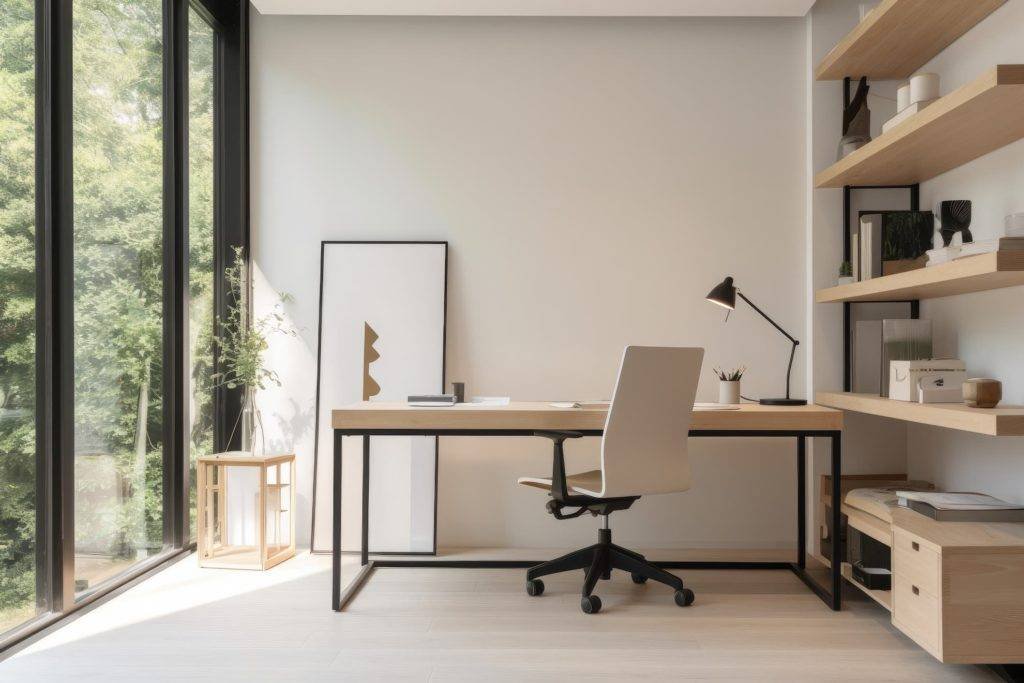
In the world of interior design, the magic doesn’t happen by chance. It’s a result of careful planning, thoughtful selection, and the integration of the right furniture fittings and equipment. In this blog, we’ll explore the significance of these often overlooked components and how they play a pivotal role in creating functional, aesthetically pleasing, and comfortable spaces.
1. Furniture Fittings: The Hidden Heroes
Furniture fittings encompass a wide range of components that make furniture functional and user-friendly. These fittings are often hidden from view but are essential for the proper operation and longevity of furniture pieces. Here are some key types of furniture fittings:
- Hinges: Hinges enable doors and cabinet panels to pivot. They come in various designs, including concealed hinges for a seamless look and soft-close hinges for a gentle, noise-free closing.
- Drawer Slides: Drawer slides are mechanisms that allow drawers to open and close smoothly. They come in different types, such as ball-bearing slides and under-mount slides.
- Handles and Knobs: Handles and knobs provide a grip for opening doors and drawers. They come in various styles, from sleek and modern to ornate and classic.
- Locks and Latches: Locks and latches secure doors, cabinets, and drawers. They can be simple key locks or more advanced electronic options.
- Castors and Glides: Castors and glides are used to facilitate the movement of furniture. They are essential for chairs, tables, and other mobile pieces.
- Shelf Supports: Shelf supports hold shelves in place within cabinets and bookcases. They come in different styles, including adjustable options.
2. Hardware for Aesthetic Enhancement
In addition to their functional role, furniture fittings can also contribute to the overall aesthetics of a piece. The choice of hardware, such as decorative handles or knobs, can add character and style to furniture.
3. Equipment for Enhanced Functionality
Interior design isn’t just about furniture; it also involves integrating equipment that enhances the functionality of a space. This can include:
- Lighting Systems: Lighting equipment, including fixtures, dimmer switches, and smart lighting, are essential for creating the right ambiance.
- Window Treatments: Equipment for window treatments, such as curtain rods and motorized blinds, can transform the look and feel of a room.
- Audio-Visual Systems: For entertainment and convenience, integrating audio-visual equipment, from built-in speakers to hidden TV mounts, can be crucial.
- Smart Home Technology: The use of smart home equipment, such as thermostats, security systems, and voice-activated controls, can elevate the functionality of a space.
4. Ergonomics and Comfort
Selecting the right furniture fittings and equipment is also about considering ergonomics and comfort. For example, adjustable chair components, like lumbar support and seat height, can greatly enhance comfort, especially in office spaces.
Conclusion
Furniture fittings and equipment may not be the first things that come to mind in interior design, but they are the unsung heroes that ensure spaces are functional, beautiful, and comfortable. From the hidden hinges and drawer slides to the decorative handles and high-tech equipment, these components play an integral role in making interior design not just visually appealing but also highly functional. It’s the thoughtful integration of these details that turns a space into a well-designed, fully functioning environment.
